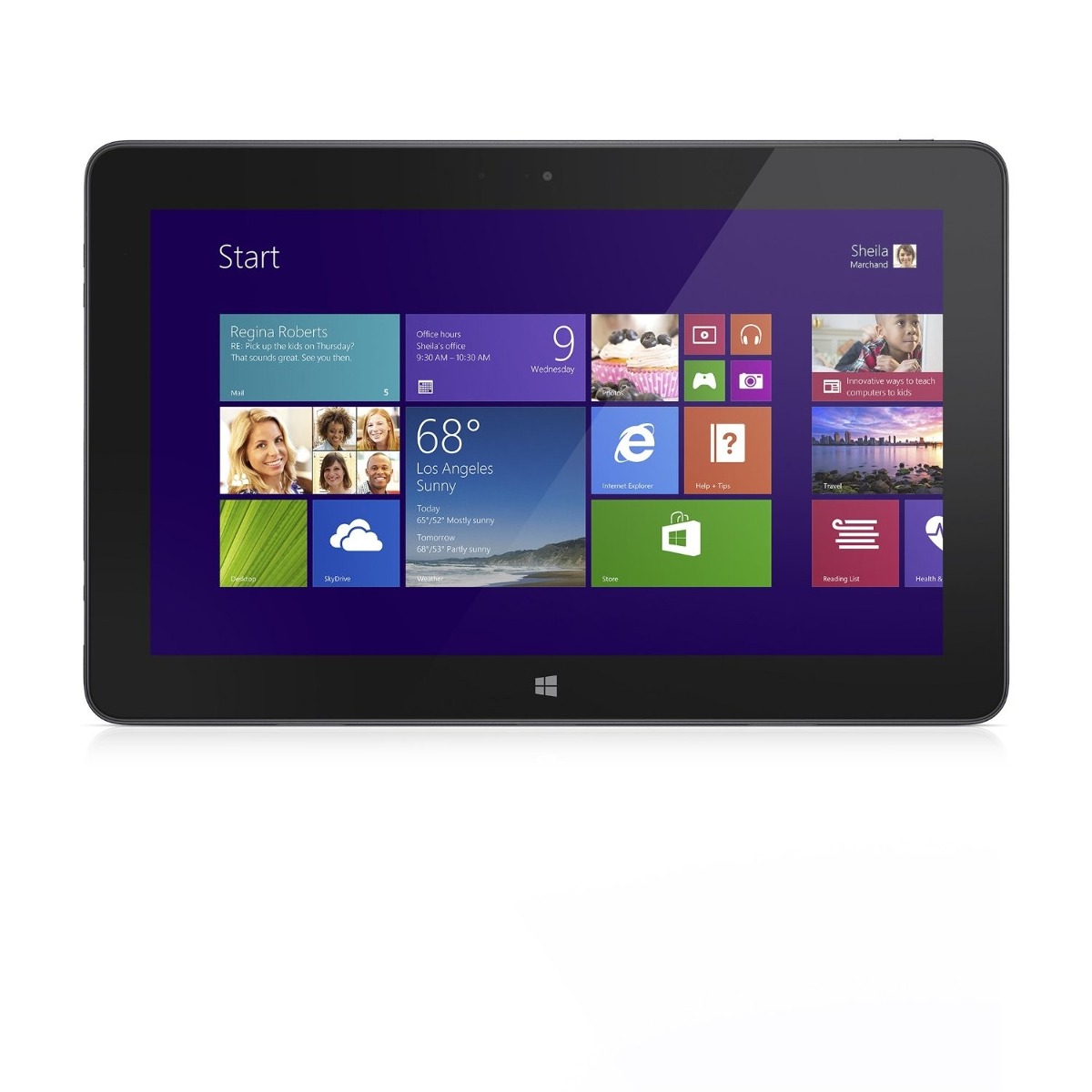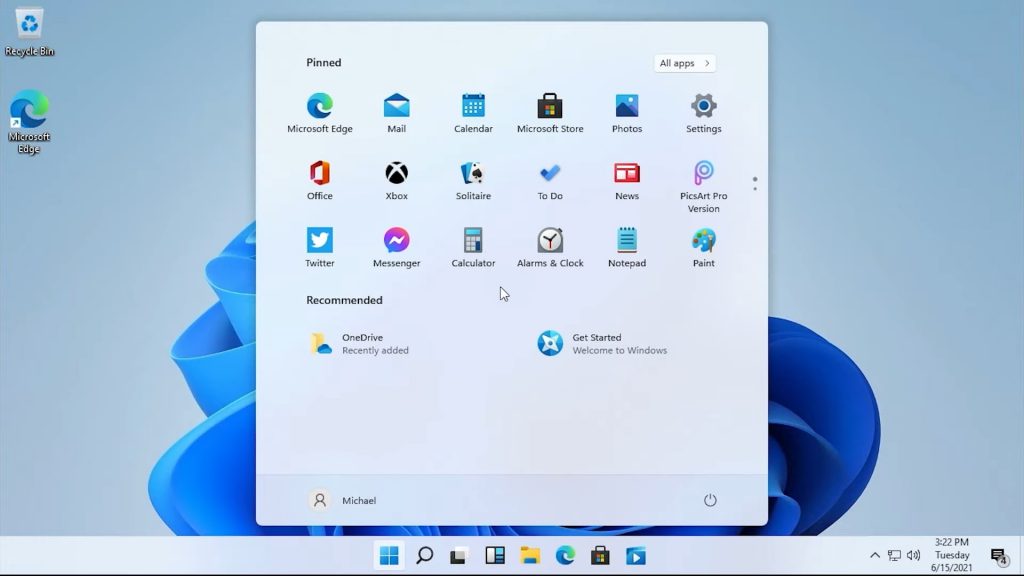-->
Applies to
This also isn't released or even officially announced yet. What we're looking at is basically a leaked internal build. Microsoft tends to announce the existence of a future Windows release months (or years in the case of Vista) before release and has months of betas that (mostly) feature massive changes. Microsoft has gone into the model of releasing 2 feature upgrades a year and almost monthly updates for bug fixes, security fixes, enhancements for Windows 10. No new Windows OS is going to be released. Existing Windows 10 will keep getting updated. Hence, there will be no Windows 11. Hence, you should not try to go to Windows 11. Provision and pre-configure new Windows 11 devices: Windows Autopilot enables you to deploy new Windows 11 devices in a “business-ready” state that includes your desired applications, settings, and policies. It can also be used to change the edition of Windows. For example, you can upgrade from Pro to Enterprise edition and gain the use of.
- Windows 11
This article lists the system requirements for Windows 11. Windows 11 is also supported on a virtual machine (VM).
Hardware requirements
To install or upgrade to Windows 11, devices must meet the following minimum hardware requirements:
- Processor: 1 gigahertz (GHz) or faster with two or more cores on a compatible 64-bit processor or system on a chip (SoC).
- RAM: 4 gigabytes (GB) or greater.
- Storage: 64 GB* or greater available storage is required to install Windows 11.
- Additional storage space might be required to download updates and enable specific features.
- Graphics card: Compatible with DirectX 12 or later, with a WDDM 2.0 driver.
- System firmware: UEFI, Secure Boot capable.
- TPM: Trusted Platform Module (TPM) version 2.0.
- Display: High definition (720p) display, 9' or greater monitor, 8 bits per color channel.
- Internet connection: Internet connectivity is necessary to perform updates, and to download and use some features.
- Windows 11 Home edition requires an Internet connection and a Microsoft Account to complete device setup on first use.
* There might be additional requirements over time for updates, and to enable specific features within the operating system. For more information, see Windows 11 specifications.
Also see Update on Windows 11 minimum system requirements.
For information about tools to evaluate readiness, see Determine eligibility.
Operating system requirements
For the best Windows 11 upgrade experience, eligible devices should be running Windows 10, version 20H1 or later.
Note
S mode is only supported on the Home edition of Windows 11.If you are running a different edition of Windows in S mode, you will need to first switch out of S mode prior to upgrading.
Switching a device out of Windows 10 in S mode also requires internet connectivity. If you switch out of S mode, you cannot switch back to S mode later.
Feature-specific requirements
Some features in Windows 11 have requirements beyond those listed above. See the following list of features and associated requirements.
- 5G support: requires 5G capable modem.
- Auto HDR: requires an HDR monitor.
- BitLocker to Go: requires a USB flash drive. This feature is available in Windows Pro and above editions.
- Client Hyper-V: requires a processor with second-level address translation (SLAT) capabilities. This feature is available in Windows Pro editions and above.
- Cortana: requires a microphone and speaker and is currently available on Windows 11 for Australia, Brazil, Canada, China, France, Germany, India, Italy, Japan, Mexico, Spain, United Kingdom, and United States.
- DirectStorage: requires an NVMe SSD to store and run games that use the Standard NVM Express Controller driver and a DirectX12 GPU with Shader Model 6.0 support.
- DirectX 12 Ultimate: available with supported games and graphics chips.
- Presence: requires sensor that can detect human distance from device or intent to interact with device.
- Intelligent Video Conferencing: requires video camera, microphone, and speaker (audio output)
- Multiple Voice Assistant: requires a microphone and speaker.
- Snap: three-column layouts require a screen that is 1920 effective pixels or greater in width.
- Mute and unmute: from Taskbar requires video camera, microphone, and speaker (audio output). App must be compatible with feature to enable global mute/unmute.
- Spatial Sound: requires supporting hardware and software.
- Microsoft Teams: requires video camera, microphone, and speaker (audio output).
- Touch: requires a screen or monitor that supports multi-touch.
- Two-factor authentication: requires use of PIN, biometric (fingerprint reader or illuminated infrared camera), or a phone with Wi-Fi or Bluetooth capabilities.
- Voice Typing: requires a PC with a microphone.
- Wake on Voice: requires Modern Standby power model and microphone.
- Wi-Fi 6E: requires new WLAN IHV hardware and driver and a Wi-Fi 6E capable AP/router.
- Windows Hello: requires a camera configured for near infrared (IR) imaging or fingerprint reader for biometric authentication. Devices without biometric sensors can use Windows Hello with a PIN or portable Microsoft compatible security key. For more information, see IT tools to support Windows 10, version 21H1.
- Windows Projection: requires a display adapter that supports Windows Display Driver Model (WDDM) 2.0 and a Wi-Fi adapter that supports Wi-Fi Direct.
- Xbox app: requires an Xbox Live account, which is not available in all regions. Please go to the Xbox Live Countries and Regions page for the most up-to-date information on availability. Some features in the Xbox app will require an active Xbox Game Pass subscription.
Next steps
Plan for Windows 11
Prepare for Windows 11

See also
Windows minimum hardware requirements
Windows 11 overview
Meet Windows 11
It appears that the first screenshots from the upcoming Windows 11 operating system have been leaked.


The next Windows is indeed called 11. Screenshots from the early preview have been leaked over the Chinese Tieba Baidu site. The operating system is called Windows 11 Pro and it is based on 21996.1 build.
A simplified UI has been confirmed for the next-gen Windows 11. It looks a lot like the now canceled Windows 10X, which was a lightweight version for Surface Duo and other low-power devices.
The next Windows will have taskbar icons centered, including the start button. This will surely require millions of users to get used to, otherwise, there is an option to align the taskbar icons according to old ‘standards’.
The new UI offers rounded corners, new icons and brings back ‘widgets’ functionally. The Windows 11 build that has leaked is an early version, which means that some functionally is still missing.
Windows 11 Pro, Source: Baidu
Windows 11 Pro Product Key

The Verge has confirmed that the leaked ISO is genuine and they have provided even more screenshots of their own:
Microsoft Windows 11, Source: The Verge
A screenshot from Windows 11 Microsoft Store does not show a new UI. IT has been long rumored that Win11 will bring a major overhaul that would finally make Windows most important application actually useful. Unfortunately, the leaked build does not offer a look at a new Store, granted should it ever arrive to this operating system.

Windows 11 Pro Install
Microsoft Windows 11, Source: The Verge
Microsoft is also integrating its Xbox App into the system itself. It comes with a new modern UI and allows quicker access to Game Pass library.
Microsoft Windows 11, Source: The Verge
here's a first look at Windows 11. There's a new Start menu, rounded corners, a new startup sound, and more https://t.co/VDS08QPsl5pic.twitter.com/OkCyX3TtmI
Windows 11 Pro Download
— Tom Warren (@tomwarren) June 15, 2021
Microsoft is set to announce its new operating system on June 24th. Therefore the leaked build arrives more than in advance.
Source: Tieba Baidu, TheVerge